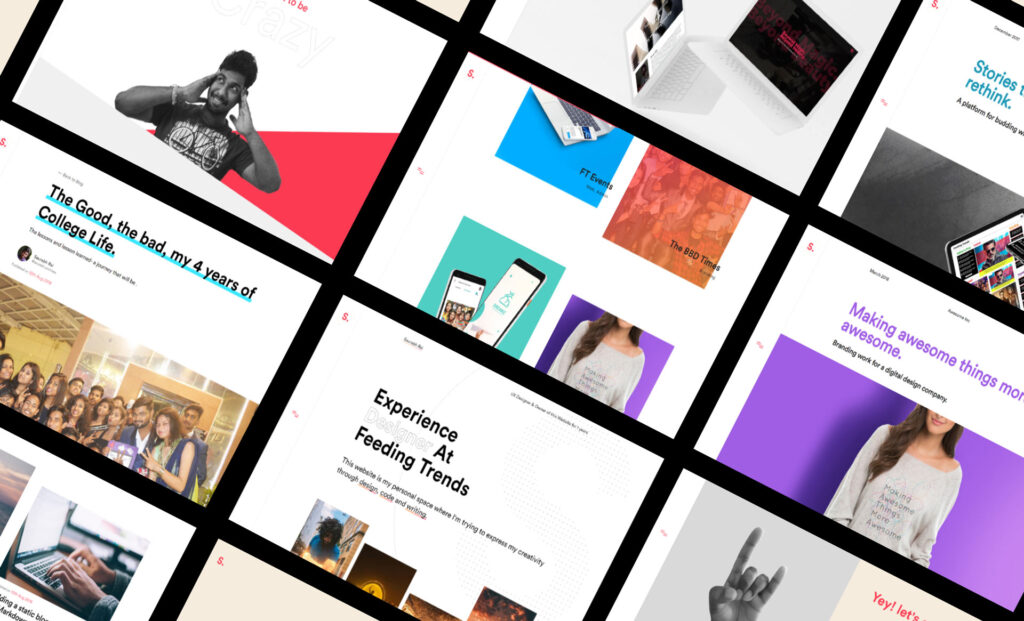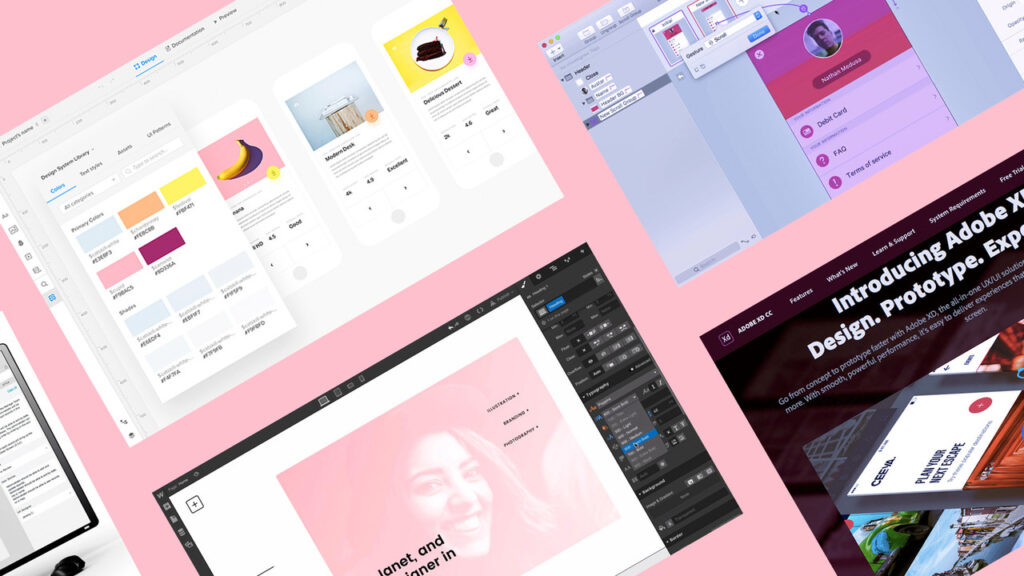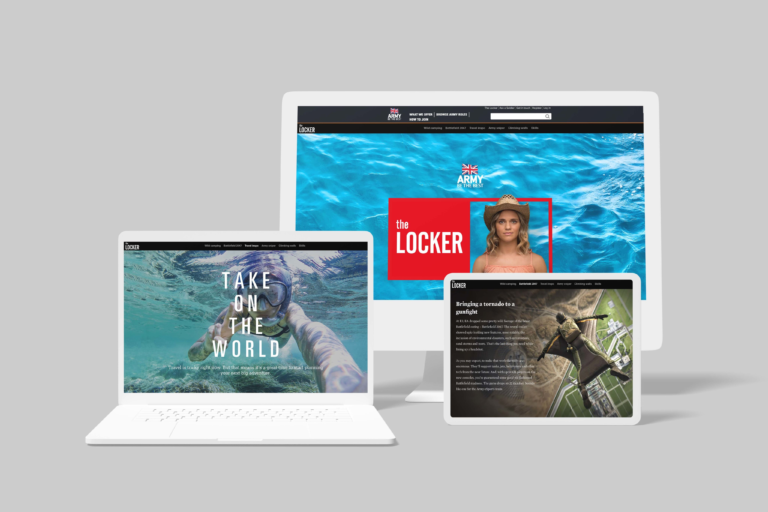
In the ever-evolving digital landscape, a website serves as the virtual gateway to your brand, making a powerful first impression on potential customers. It is not just about having an online presence but about creating a captivating and user-friendly interface that leaves a lasting impact. A well-designed website not only grabs attention but also ensures optimal user experience (UX), guiding visitors seamlessly through their journey and encouraging them to engage with your brand.
In this post, we will dive into the art of building websites that wow, focusing on the design and development of user-friendly interfaces (UI) that captivate and delight users. We will explore the key elements and best practices that will elevate your website’s design and functionality, allowing you to create an immersive and engaging online experience.

I. Understanding the Importance of Website Design and User Experience:
A visually appealing and intuitive website design, combined with a seamless user experience, is essential for engaging and retaining your audience.
Website design and user experience (UX) are critical components that leave a lasting impression, boost credibility, enhance usability, and drive conversions.
II. Strategic Planning: Defining Your Goals and Target Audience:
Before diving into the design process, it’s crucial to have a clear understanding of your goals and target audience.
To ensure success, define your website’s purpose, outline specific objectives, and conduct thorough research to identify your target audience’s preferences, needs, and behaviors. This information will guide your design decisions and help you create a website that resonates with your intended users.
III. User-Centered Design: Putting Your Audience First:

User-centered design focuses on creating interfaces and experiences that cater to the needs and preferences of your target audience.
To achieve this, develop user personas that represent your typical users. Conduct usability testing and gather feedback to understand how users interact with your website and identify pain points or areas for improvement. By putting your audience first, you can design a website that meets their expectations and enhances their overall experience.
IV. Creating Intuitive and User-Friendly Interfaces:
An intuitive and user-friendly interface is key to providing a seamless and enjoyable user experience.
To achieve this, employ clear and consistent navigation throughout your website. Use familiar design patterns and conventions to ensure users can easily find information and complete tasks. Prioritize accessibility by adhering to web accessibility guidelines, making your website usable for all users, including those with disabilities.

V. Visual Design: Captivating Your Audience:
Visual design elements play a vital role in capturing attention, conveying your brand’s identity, and enhancing user engagement.
To captivate your audience, use high-quality and relevant imagery that aligns with your brand. Select an appropriate color scheme that evokes the desired emotions and reflects your brand’s personality. Incorporate white space to enhance readability and create a sense of clarity. Ensure your website design is responsive, providing a seamless experience across various devices.
VI. Optimizing Website Performance:
A slow-loading website can deter users and negatively impact their experience.
To optimize website performance, compress images without sacrificing quality, minimize code and scripts to reduce load times, implement caching techniques to store frequently accessed data, and choose a reliable hosting provider that can handle your website’s traffic. By prioritizing website performance, you can create a smooth and fast user experience.
VII. Continuous Improvement: Testing and Iteration:
Website design is an ongoing process, and continuous improvement is key to ensuring an optimal user experience.
To continuously improve your website, conduct regular usability testing to gather insights into user behavior and preferences. Analyze user interactions and track metrics using web analytics tools to identify areas for improvement. Incorporate user feedback and data-driven insights to make iterative design changes that enhance the user experience over time.
In conclusion, building a website that wows requires careful planning, strategic design, and a focus on user experience. By understanding the importance of website design, implementing user-centered approaches, creating intuitive interfaces, prioritizing visual design, optimizing website performance, and embracing continuous improvement, you can create a website that not only captivates your audience but also provides an exceptional user experience.

Key Points Summary:
- Prioritize website design and user experience to enhance engagement and conversions.
- Define goals, target audience, and conduct research to inform your design decisions.
- Implement user-centered design principles and conduct usability testing.
- Create intuitive and user-friendly interfaces with clear navigation and accessibility.
- Use visual design elements to captivate and convey your brand’s identity.
- Optimize website performance for fast loading times.
- Continuously test, analyze, and improve your website to enhance user experience.
Contact us today to learn how our expertise can help you build and design a website that impresses and engages your target audience.






